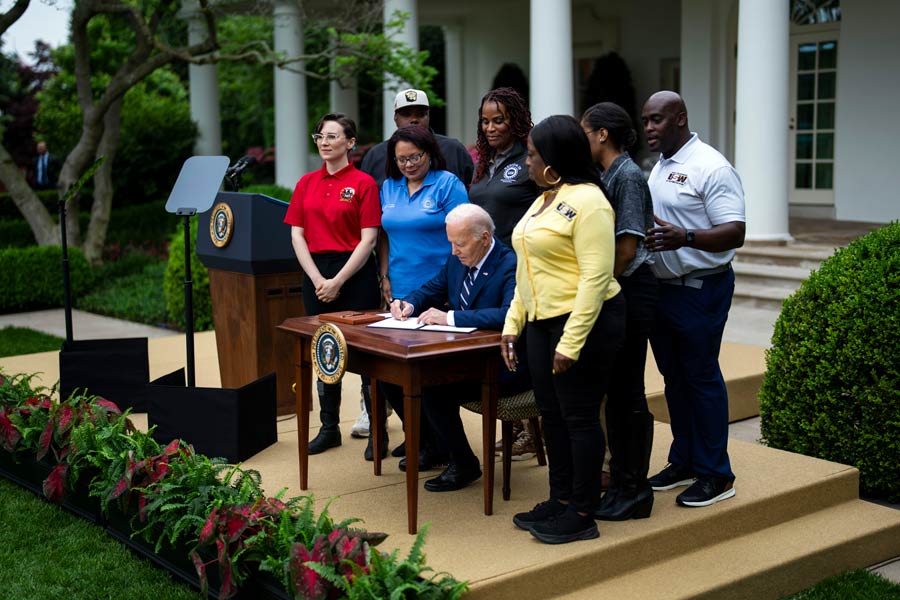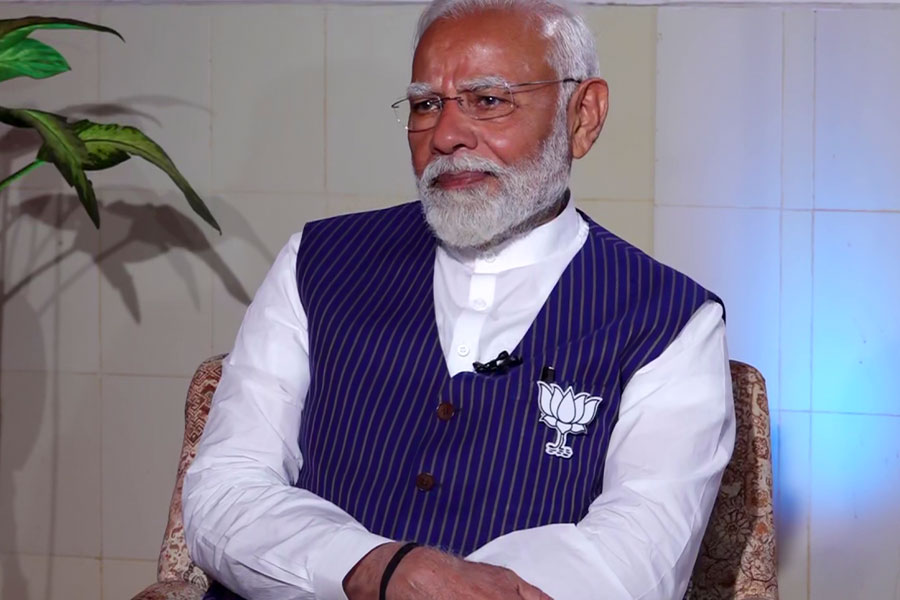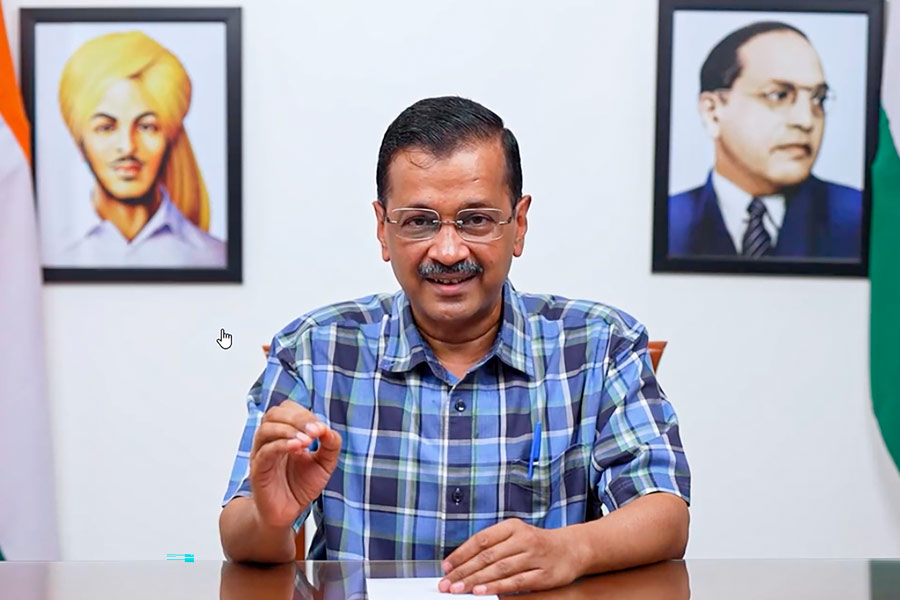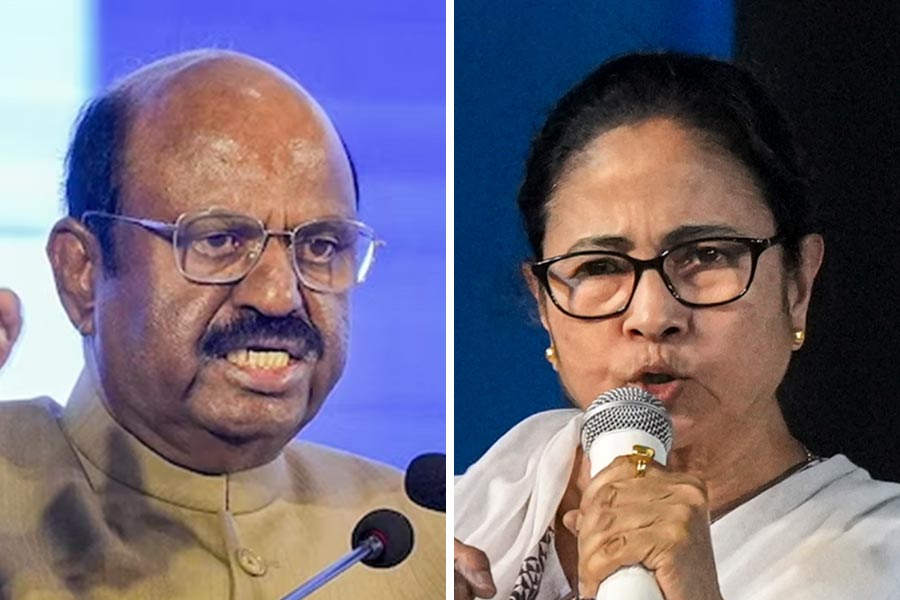For the first two decades of the 21st century, many consumer products on America’s store shelves got less expensive. A wave of imports from China and other emerging economies helped push down the cost of video games, T-shirts, dining tables, home appliances and more.
Those imports drove some American factories out of business, and they cost more than 1 million workers their jobs. Discount stores and online retailers, like Walmart and Amazon, flourished selling low-cost goods made overseas. But voters rebelled. Stung by shuttered factories, cratered industries and prolonged wage stagnation, Americans in 2016 elected a president who vowed to hit back at China on trade. Four years later, they elected another one.
In separate but overlapping efforts, former President Donald Trump and President Joe Biden have sought to revive and protect American factories by making it more expensive to buy Chinese goods. They have taxed imports in legacy industries that were hollowed out over the past quarter-century, like clothes and appliances, and newer ones that are struggling to grow amid global competition with China, like solar panels.
Biden’s decision this past week to codify and escalate tariffs imposed by Trump made clear that the United States has closed out a decades-long era that embraced trade with China and prized the gains of lower-cost products over the loss of geographically concentrated manufacturing jobs. A single tariff rate embodies that closure: a 100% tax on Chinese electric vehicles, which start at less than $10,000 each and have surged into showrooms around the world but have struggled to crack government barriers to the U.S. market.
Democrats and Republicans once joined forces to engage economically with Beijing, driven by a theory that America would benefit from outsourcing production to countries that could manufacture certain goods more cheaply, in part by paying their workers low wages. Economists knew some American workers would lose their jobs, but they said the economy would gain overall by offering consumers low-cost goods and freeing up companies to invest in higher-value industries where the United States had an innovation advantage.
The parties are now competing to sever those ties. Lawmakers have taken increasingly hard lines on China’s labor practices, intellectual property theft from foreign businesses and generous subsidies for factories that produce far more than Chinese consumers can buy.
It is unclear what new era of policymaking will emerge from those political incentives: Biden’s brand of strategic industrial policy, Trump’s retrenchment to a more self-contained domestic economy, or something else entirely.
It is also not clear whether the American public, still reeling from the country’s most rapid burst of inflation in 40 years, will tolerate the pains that could accompany the transition.
“The old consensus has been blown apart, and a new one has not arisen,” said David Autor, an economist at the Massachusetts Institute of Technology who helped lead the pioneering research into what has come to be known as the China Shock of the early 2000s, when China’s acceptance into the World Trade Organization helped wipe out manufacturing jobs across the developed world.
But consumers and voters, Autor cautioned, “can’t have it both ways. You can make a trade-off. All the world is trade-offs. If you want to get to the point where the U.S. maintains and regains leadership in these technological areas, you’re going to have to pay more. And it’s not clear it’ll work.”
Despite their mutual embrace of forms of protectionism, Biden and Trump are offering voters contrasting views of how the American economy should engage with China in their rematch election.
Trump wants to tear down the bridges of commerce between the world’s two largest economies and drastically restrict trade overall. He has pledged to raise tariffs on all Chinese imports, by revoking the “most favored nation” trade status that Congress voted to bestow on China at the end of the Clinton administration, and ban some Chinese goods entirely. He would impose new taxes on all imports from around the world.
Trump bluntly asserts China will pay the cost of those tariffs, not consumers, though detailed economic studies contradict him. But Robert Lighthizer, his former trade representative who remains an influential voice in Trump’s trade discussions, told New York Times reporters late last year that it was worth trading higher consumer prices for increased manufacturing employment.
“There’s a group of people who think that consumption is the end,” Lighthizer said. “And my view is production is the end, and safe and happy communities are the end. You should be willing to pay a price for that.”
Biden rejects Trump’s proposals as too broad and costly. He wants to build a protective fortress around strategic industries like clean energy and semiconductors, using tariffs and other regulations. Biden is also showering companies in those sectors with billions in government subsidies, including for green-energy technologies through the Inflation Reduction Act.
“Investment must be paired with trade enforcement to make sure the comeback we are seeing in communities around the country is not undercut by a flood of unfairly underpriced exports from China,” Lael Brainard, who directs the White House National Economic Council, said in a speech Thursday. “We have learned from the past. There can be no second China Shock here in America.”
Many economists who continue to favor less restricted trade with China have criticized both candidates’ plans, and not simply because they risk raising prices for American shoppers. They say Trump’s and Biden’s policies could slow economic growth. Cutting off Chinese competition, they say, could force companies and consumers to spend money on artificially expensive domestic goods, instead of on new and innovative products that would create new industries and new jobs.
“We’re going to hurt our productivity by massively overspending on these things,” said R. Glenn Hubbard, a Columbia University economist who led the White House Council of Economic Advisers under former President George W. Bush.
Some Democrats say Biden’s best hope of building a lasting, successful China trade policy is by spending more, including potentially another round of subsidies for semiconductors and other high-tech manufacturing, and by going further on enforcement. Sen. Sherrod Brown, D-Ohio, a career-long China and trade hawk in Congress, has pushed Biden to ban Chinese electric vehicles outright.
Jennifer Harris, a former Biden aide who now leads the Economy and Society Initiative at the William and Flora Hewlett Foundation, has pushed the administration to couple its industrial policy spending with even stricter rules on what the recipients of that money can do with it. She wants stronger mandates for domestic automakers to shift to electric vehicles, for example, and stricter curbs on stock buybacks to force companies receiving government grants, like semiconductor manufacturers, to invest more in research and development.
“This begins the much harder chapter, that I think is much less attempted in U.S. history of industrial policy,” Harris said: “Making industry really prove it out.”
Voters will sour on those efforts, she added, if Biden’s policies do not help quickly drive down prices of made-in-the-USA products. “Americans want it both ways, and they’re going to get grumpy when prices go up,” she said.
Polls show voters are already extremely grumpy about price increases, which are related to supply chain snarls and government and central bank stimulus as the world emerged from the COVID-19 recession.
Inflation concerns are weighing on Biden’s reelection chances. Current and former Biden aides are hopeful those concerns will not also discredit Biden’s economic policy strategy, if he were to win a second term. Persistently higher prices from new tariffs could also hurt Trump’s approval, if he were to regain the White House.
Those political questions are driving uncertainty about what the new era of China policy will ultimately settle into. Hubbard would like to see a retreat from protectionism and a reembrace of what you might call more traditional views of trade policy: enforce global rules, invest heavily in national innovation to retain an edge and, when you do lose industries to a global rival, spend big to retrain the workers who are displaced so they can find new jobs.
He concedes there is little appetite in the American electorate for such a policy. So does Harris. “The idea that we’re just going to run this movie again, knowing the political fallout that came from the first round, is just complete suicide to me,” she said.
Autor said that, economically speaking, he would not like to return to the previous era of China trade. He is generally complimentary of Biden’s industrial efforts, including his China policy, but says the president should “give up” on support for some sectors of the economy where China has driven costs extremely low, like solar cells.
His latest research warns of the economic perils of poorly designed trade policy, but it also explains why presidents might keep pursuing it. In a recent paper, written with several fellow economists, Autor found that Trump’s tariff-centered approach did not succeed in bringing many factory jobs back to America.
But, the economists found, the policy seemed to have won Trump and his party more votes.
The New York Times News Service










